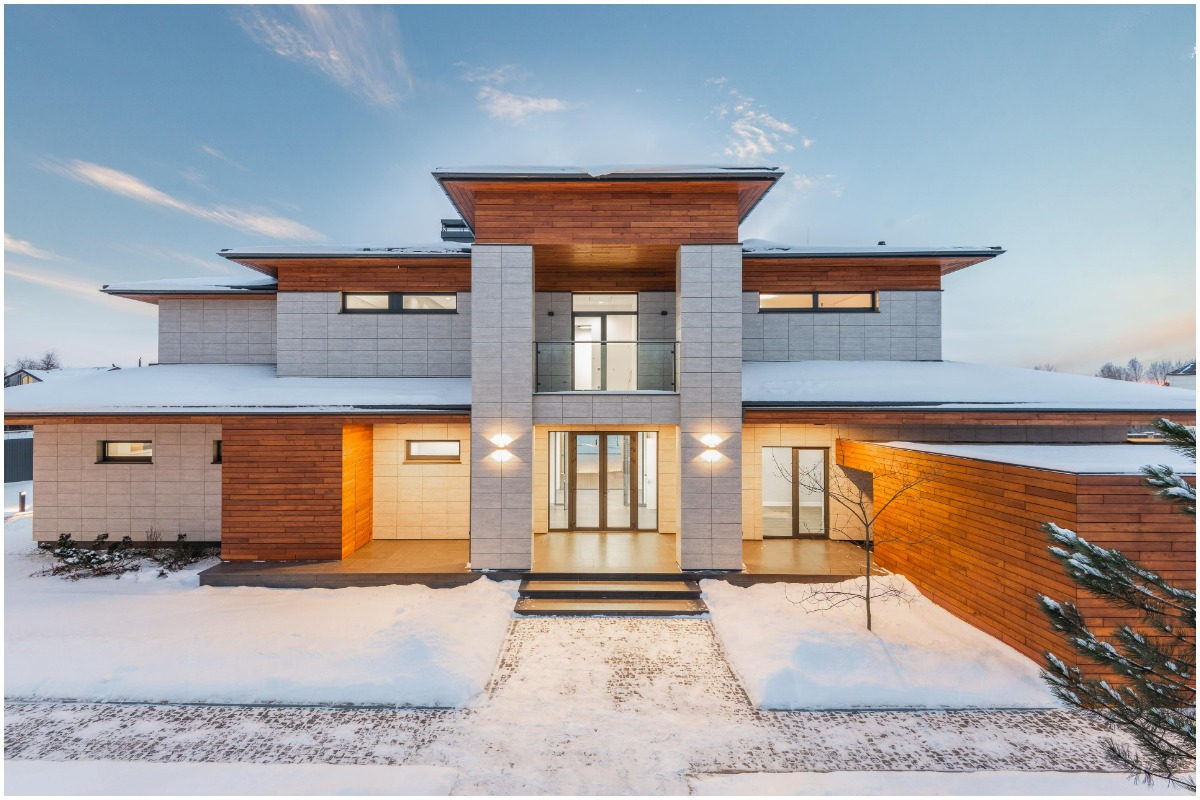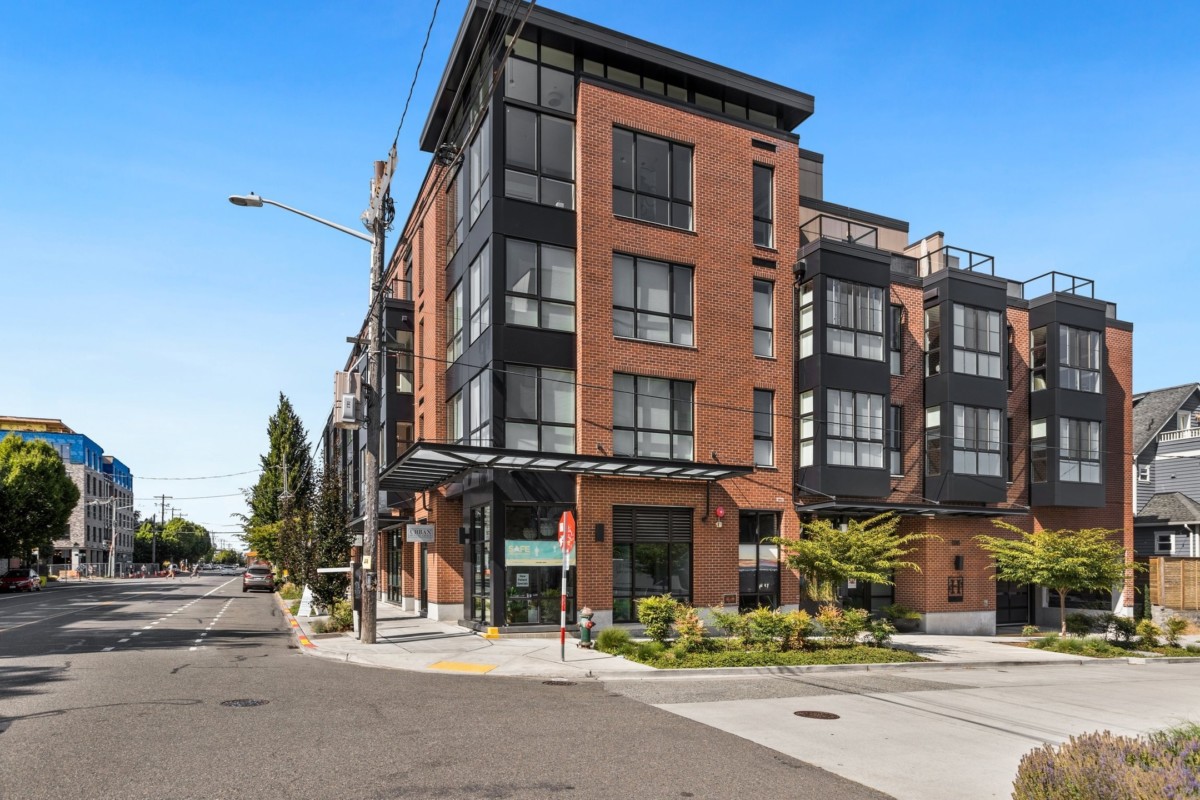How Much Does it Cost to Stage a House?
The day has come – you’re ready to list your home for sale, watch the offers roll in, and move into your next home. But before you put your house on the market, consider staging your home. A staged house allows buyers to envision themselves living in your home, which could increase the number of offers you see and offer price
You may be wondering, how much does it cost to stage a house? Is home staging worth it? Is there any way to save money on home staging costs? We’ll tell you exactly what you need to know.
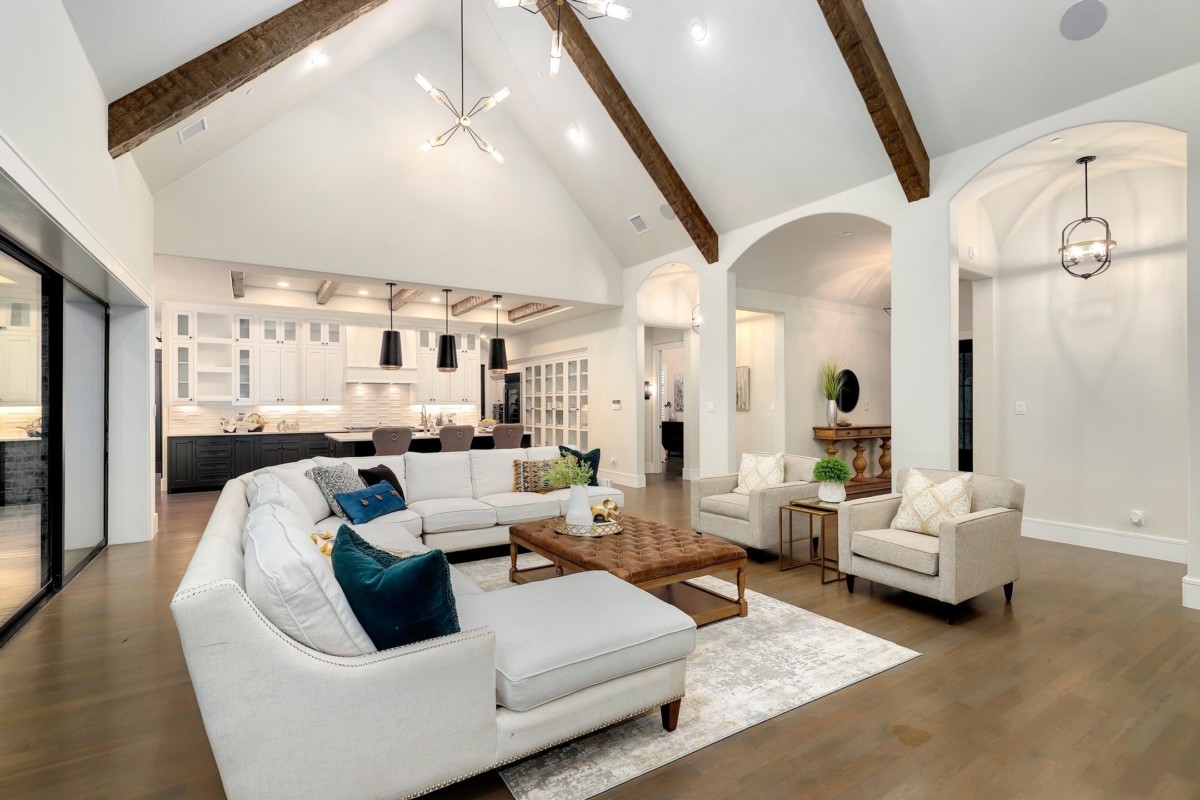
What is home staging?
Home staging is the art of decorating your house to appeal to potential homebuyers and can be an integral step in selling your house. Hiring a professional stager can help make the process easier as they have a keen understanding of what furniture and design styles appeal to buyers in your area. Home staging is also an important marketing tactic that helps sell your home faster. In some cases, it can even make a property that’s not receiving offers look more appealing, as it helps buyers envision their life in your home.
Does staging your home help it sell?
According to the National Association of Realtors (NAR), 82% of buyer’s agents said staging made it easier for potential buyers to see themselves living in the home. This means buyers are more likely to make an offer on the home.
Additionally, staging a home may increase the final selling price of your home. In a 2021 study from the Real Estate Staging Association (RESA), 73% of staged homes sold over the list price on average of $40K. While home staging isn’t guaranteed to help you sell your home faster and for more money, on average it seems to make the selling process easier.
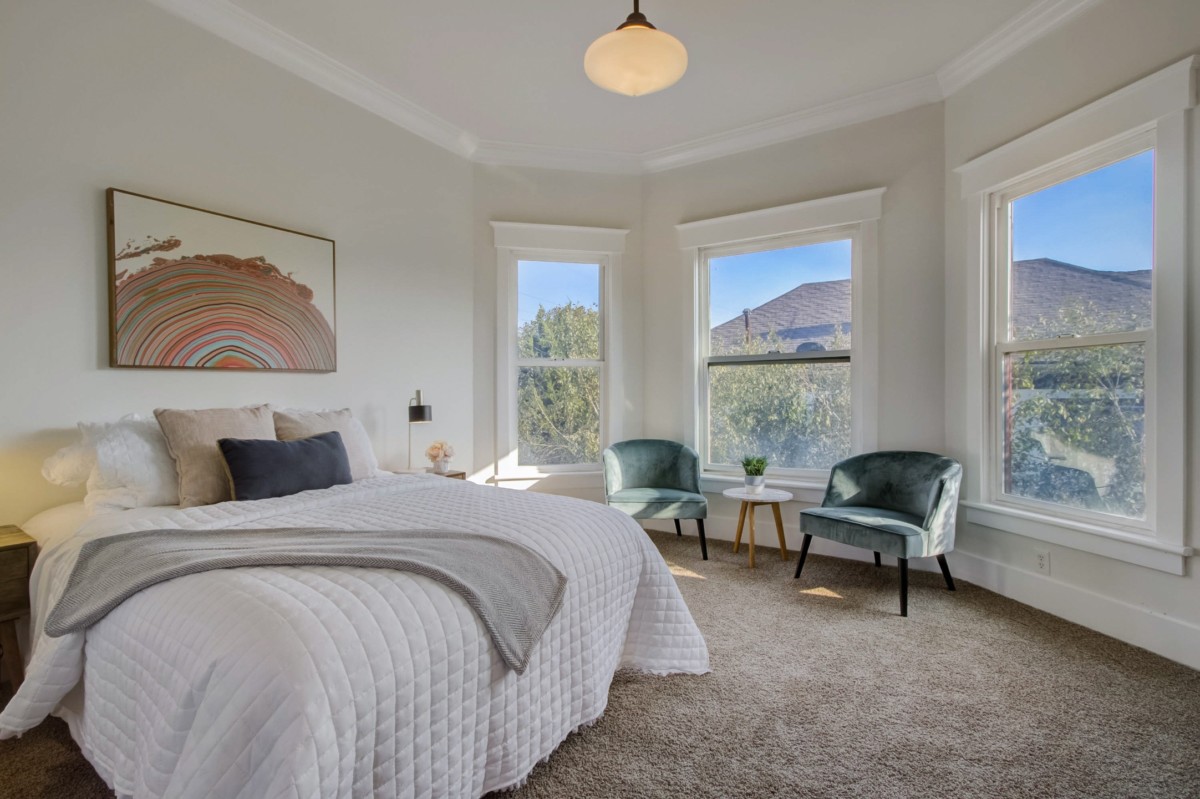
How much does it cost to stage a house?
On average, home staging costs around $1,500 but can range anywhere from $600 to $4,000. This number is dependent on many factors including the size of your home, whether you’re staging a vacant home, and more. While this may seem pricey, staging just may give your home the boost it needs to sell.
To help you understand the cost of staging a home for sale, we’ll break down the costs you’re likely to see.
Consultation cost: The initial design consultation can cost anywhere from $150 to $600 and typically takes about two hours. After this, the stager will provide you with an estimate of how much the project can cost and any associated fees.
Room-by-room staging: The individual cost of staging a room is about $500 to $600, which means the more rooms you have staged, the more it’s going to cost.
Price per hour: Some stagers charge you per hour for their labor, ranging from $25 to $150.
Price per project: Typically, stagers will present you with an estimated cost of the project after your design consultation. The average project cost ranges from $800 to $1,000, but note that this does not include any furniture rental costs.
Furniture rental costs: If you’re staging a vacant home or your furniture is lacking, your stager may recommend renting furniture to stage your home. Renting furniture can cost anywhere from $500 to $600 per room, meaning that it could cost up to $2,000 a month depending on the number of rooms you have staged.
Decluttering and rearranging: If your stager decides to use your current furniture and decor, the cost can be significantly less, about an $800 flat fee. This cost covers decluttering personal belongings and rearranging furniture to make your space more appealing. If you’re willing to declutter your home yourself, this rate can be even less.
Other home maintenance projects: Depending on your home’s condition, your stager may suggest other home improvement projects. These projects can include updating the light fixtures, refinishing the cabinets, hiring a cleaning service, or painting your walls a neutral color. This cost will vary depending on what you need to update.
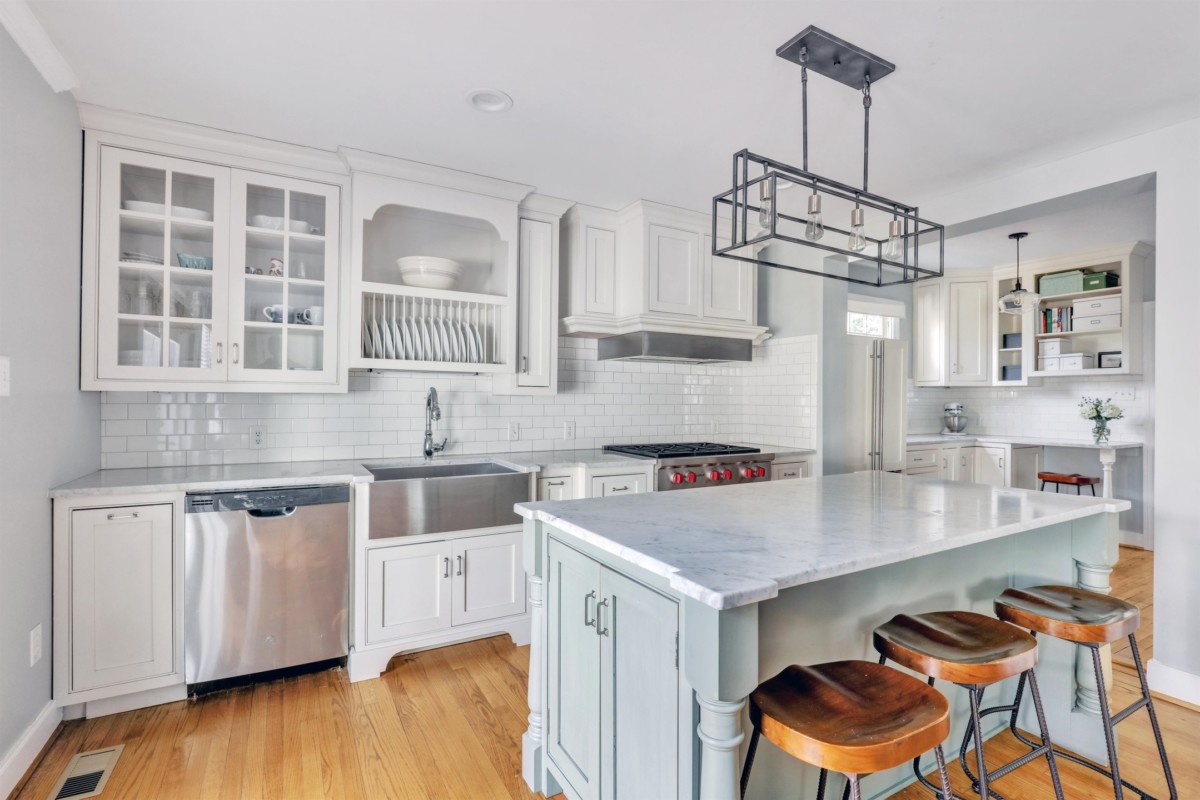
What factors affect the cost of staging a home?
There are a few reasons why the cost of staging a home can increase or decrease. Let’s take a look at some of the main reasons.
The size of your home: It may sound obvious, but the larger your home and the more rooms you stage, the higher the staging cost will be.
The layout of your home: Whether your home is a single-story or a two-story, this can increase the total costs of staging. For example, some staging companies may charge an additional fee for hiring more help to carry furniture upstairs, especially if you have a home that’s two or more stories.
Staging a vacant home: Many stagers use existing furniture, art, and decor in your home, especially if it’s in good condition and matches the design aesthetic. If you’re staging a vacant home, costs will be more as stagers need to rent furniture and possibly purchase small accessories like towels or flowers.
Personal belongings: While some personal belongings, like art and furniture, can help cut staging costs, having too many personal belongings may increase costs. For example, if you have lots of knick-knacks, collectibles, family photos, or furniture that makes your home feel cramped, you’ll need to find somewhere to store these belongings. If you’ve already purchased your next home, you can store your belongings there. If you’re in the process of buying a new home, you’ll likely need to pay for a storage unit or find another place to store your belongings which can lead to additional costs.
Minimum staging contract: Some professional stagers require you to sign a three-month minimum staging contract. Whether your home sells in two weeks or two months, you’ll still have to pay the costs of staging for three months.
Who pays for home staging?
Whether it’s making cosmetic repairs to your home or staging it with furniture to sell, you’re likely the one paying for the costs. There may be some cases where your real estate agent includes staging or an initial consultation as part of their marketing plan. Sometimes, your real estate agent may also be a certified stager and offer the service as an additional service.
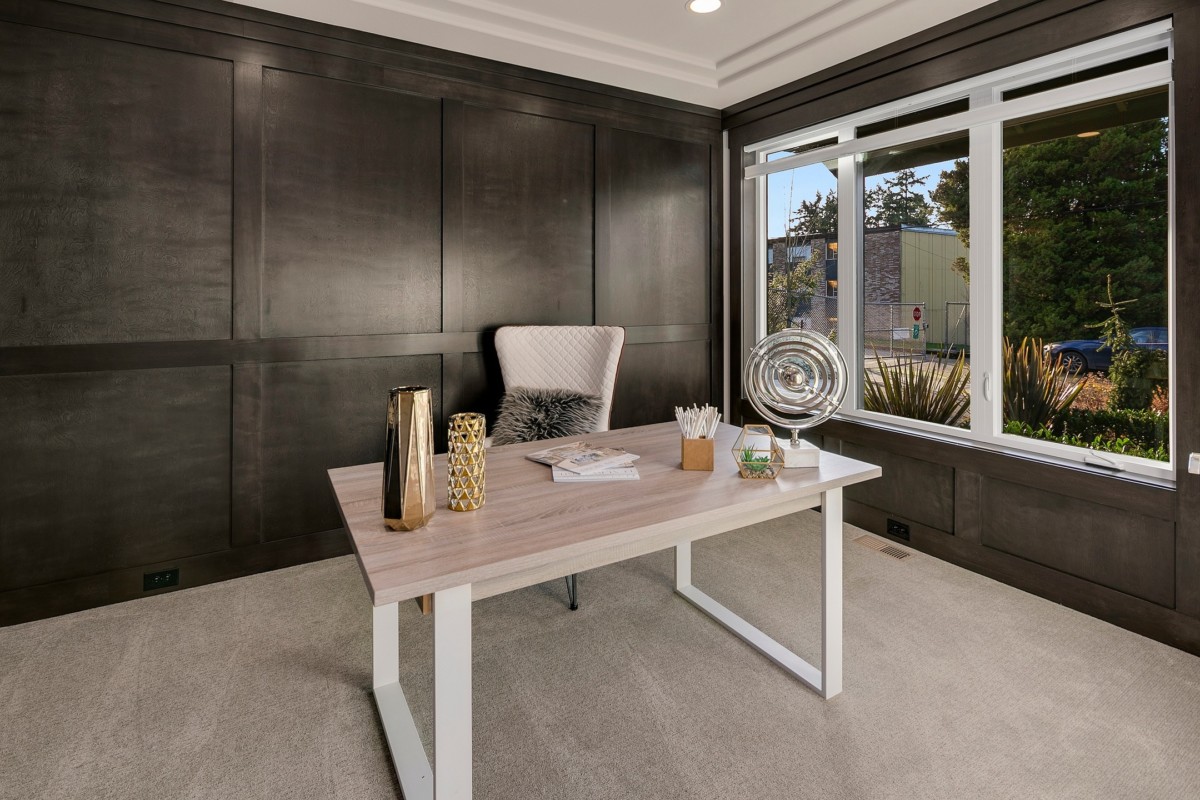
How to save money on staging costs
There are a few ways you can save money on staging costs and still help sell your home for more.
1. Stage the most important rooms
Start by staging the main areas of your home, or places that homeowners spend the most time in. These areas typically include the living room, kitchen, dining room, and primary bedroom. Additionally, don’t forgo the entryway since it often makes the first impression on a buyer when touring your home. That means you don’t necessarily have to stage basements, all the bedrooms, attics, or any extra spaces. Although highlighting a spare bedroom as a home office may be a great selling point.
2. Stage using your belongings
The quality of furniture and the number of decorations you own can help reduce staging costs. In this case, your stager may recommend that you start by decluttering your home and removing any excessive personal belongings like photos and nick nacks. From there, they’ll rearrange your furniture and decorate to make the home feel warm and inviting.
3. Take tips from the staging consultation
Depending on your budget, some stagers offer a consultation to provide home staging tips that you can use to stage your home on your own. You’ll still pay a consultation fee, but you won’t have to pay to stage each room.
4. Consider soft staging
Another cost-saving option is soft staging. Soft staging is when a stager decorates the space with artwork and accessories but no furniture. However, many stagers don’t offer soft staging as a service, but that doesn’t mean you can’t find a stager that does. It’s good to note that soft staging usually works better in vacant homes.
5. Limit the furniture you rent
If you’re looking for a slight step up from soft staging, consider renting a few key pieces of furniture to help bring the vacant rooms together. Think of a pair of chairs rather than a full dining room set.
6. Consider virtual staging
Virtual staging is another cost-effective way to stage your home without needing any furniture in your home. Suited better for empty homes, virtual staging is done by a professional virtual stager who digitally inserts furniture and decor into photos of your home. Virtual staging also costs much less than traditional staging, typically between $39 and $199 per room. Most homebuyers tour a home virtually before ever stepping foot in it, and virtual staging could really bring your home to life. However, keep in mind that potential buyers who tour your home in person will still see an empty house.
7. Consult with your real estate agent
It’s also important that you talk to your real estate agent as they can provide you with advice about staging your home. For example, they may recommend that you take up some simple home improvement tasks first. This can look like painting, making minor repairs to walls or baseboards, or decluttering your home. Your real estate agent may also have other budget-friendly tips and tricks for staging your home. After all, a good real estate agent has the resources and knows how to help your home sell.
Is home staging worth the price?
When it comes to staging your home to sell, the cost of staging a home is often worth it. From marketing your home to potential buyers and possibly seeing an increase in offers, staging your home can make the selling process that much easier. While staging costs may seem steep, there are affordable ways to stage your home to help it appeal to a larger number of buyers.
Individual results may vary. This is not intended as a substitute for the services of a licensed real estate agent, or licensed and bonded home services professional or appraiser.
The post How Much Does it Cost to Stage a House? appeared first on Redfin | Real Estate Tips for Home Buying, Selling & More.



